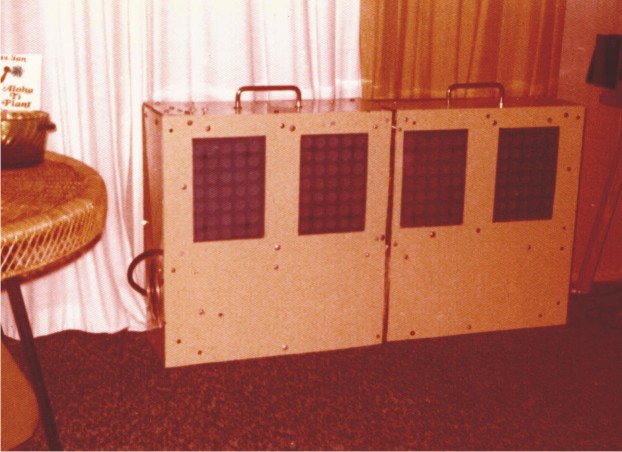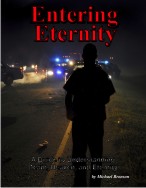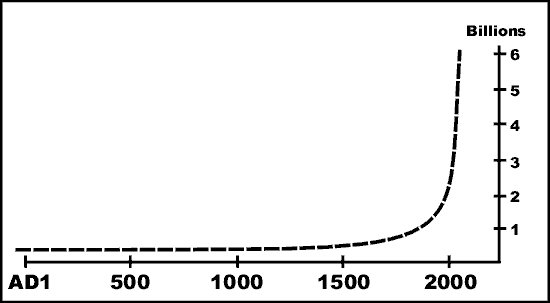






| Website Stats |
Visits from over |
|
Free downloads |
You can now read the material from this website on most electronic devices: -On your computer
Two NEW books from the author of BibleHelp
Click to view the other 7 books
|
Mortality Rate
Back
|
|
Click Here if you would like to use the counter for a period longer than one day, such as at a long running missionary conference.
Click Here to see what the counter looks like.
You may use the CTRL and + (or -) keys to adjust the size of the numbers.
Click Here to download the file now.
These counters are ideal for presentations at churches, conferences, and rallies. These counters can run on laptops for small groups (Bible studies and Sunday Schools) and on projection screens for very large audiences.
You can even place these counters on your own website or have them automatically appear at the bottom of your email. Click here to download your own free counter. |
Chapter: 4.04
(Section 4: Fear, Death, and the Fear of Death)
Copyright © Michael Bronson 1997 - 2005
BibleHelp.org
Obviously, it is impossible to know exactly how many people are going to die this coming year. We do know, however, the number of people who have died this past year. Based on this information, statisticians have calculated the "mortality rate" for the world. The world's mortality rate for the year 2003 was .883 percent. This means that 1 out of every 113 people in the world died last year. On average, 1.78 people die every second. Based on this rate, here is how the numbers add up.
| 1.78 | per second |
| 107 | per minute |
| 6390 | per hour |
| 153 thousand | per day |
| 56.0 million | per year |
| 3.9 billion | per average lifetime (70 years) |

This is the original counter that I built in 1977. Now the counter is built for the computer.
The mortality rate has been consistently hovering around .883% for the past several years. Therefore, barring a major worldwide calamity (such as another world war) we can expect a similar mortality rate for this coming year.
The counter above is only an estimate and an average of the number of people who will die every second. Obviously, there will be some seconds when nobody dies and other seconds where thousands will die. For example, about 80,000 people were killed almost instantly when the atomic bomb exploded over Hiroshima. China has had two devastating earthquakes that killed 830,000 people (Jan. 24, 1556) and 200,000 people (Dec.16, 1920).
I realize some people may think it is morbid counting out the number of people who have died. I am not being insensitive nor am I making sport of people's death. My father died a few months ago, so I am fully aware of what it is like to lose a loved one. In fact, it was his death that inspired me to create this counter. Death does not have to be a gut-wrenching experience. There is victory over the sting of death. If you would like to learn more about this, go to the chapter Victory Over the Sting of Death.
Many people are shocked when they first see the world's mortality rate. They find this number disconcerting. Surprisingly, this number would normally be worse (about 1 out of 66). The current number is being skewed by the disproportionately large number of newborn babies being added to our population.
To illustrate this phenomenon, I'm going to present a very simple population to study. Let's say that our world only has 80 people. This population is so well rounded, that there is only one person per age bracket (one 1-year old, one 2-year old, all the way up to one 80-year old). Let's say that there are no premature deaths in this society and everyone dies at the age of 80. Every year a baby is born and every year an 80-year old person dies. This would mean that the mortality rate is 1 out of every 80 people.
Let's take the same population and make a change. Instead of one baby being born this year, there were 32 babies born. Since a disproportionate number of babies was added to this population, the mortality rate will now be 1 out of 111 people. Of course, in 80 years the mortality rate would be 32 out of 111 people (about 1 out of 4).
This is similar to what is happening in our world. The number of surviving newborns is disproportionately larger than the existing population. In fact, our population had doubled from 3 billion to 6 billion in only 40 years (1959 to 1999). The graph below shows the tremendous growth in our world's population.
World's Population Growth (AD1 - 2000)
|
| Date | Population |
| AD1 | 200 million |
| 500 | 200 million |
| 1000 | 200 million |
| 1650 | 500 million |
| 1850 | 1.0 billion |
| 1930 | 2.0 billion |
| 1950 | 2.5 billion |
| 1960 | 3.0 billion |
| 1970 | 3.7 billion |
| 1980 | 4.5 billion |
| 1990 | 5.2 billion |
| 2000 | 6.1 billion |
| 2003 | 6.3 billion |
| 2013 | 7.1 billion |
Advances in medicine, large scale automated food production, and reliable transportation has enabled our world to support many more people. Our previous population limits are no longer there. Our once hostile world has been made much more "friendly."
Let's go back to our original population of 80 people. If we were to add in the premature deaths such as diseases, auto accidents, crime, and war, the mortality rate would be worse. For example, the life expectancy for the average American is 72 years instead of 80. In undeveloped parts of the world the life expectancy is as low as 35 years. The average life expectancy for the world's population is 66 years. (Population Reference Bureau, http://www.prb.org ) Therefore, if we didn't have such a disproportionate number of newborns being added to our population, we would probably have a mortality rate of 1 out of every 66 people.
How the figures were derived
The death rate (for my counter) was calculated by multiplying the current world's population (6.339 billion) by the mortality rate (.883%). This showed me that 56.0 million people will probably die this year. This number was divided by the number of seconds in a year (31,536,000). This showed me that on an average, 1.78 people will die every second. The table below shows the world's mortality rate for the past 50 years.
World's mortality rate
Years |
Mortality Rate % |
Ratio of people who have died |
1950 - 1954 |
1.97 |
1 out of 51 |
1955 - 1959 |
1.74 |
1 out of 57 |
1960 - 1964 |
1.56 |
1 out of 64 |
1965 - 1969 |
1.34 |
1 out of 74 |
1970 - 1974 |
1.16 |
1 out of 86 |
1975 - 1979 |
1.09 |
1 out of 91 |
1980 - 1984 |
1.03 |
1 out of 97 |
1985 - 1989 |
.96 |
1 out of 104 |
1990 - 1994 |
.94 |
1 out of 106 |
1995 - 1999 |
.90 |
1 out of 111 |
| 2000 - 2004 | .88 | 1 out of 113 |
(Source: United Nations Population Division,
"World Population Prospects")
The world's mortality rate can be obtained from a large variety of sources. If you would like to look at the mortality rates of a specific country, you can go to the CIA World Facts Book on the Internet. The address is below:
http://www.odci.gov/cia/publications/factbook/index.html
To find the current world's population:
http://www.census.gov/main/www/popclock.html.
Other Chapters in this Section
Home
Tell a Friend about this page




